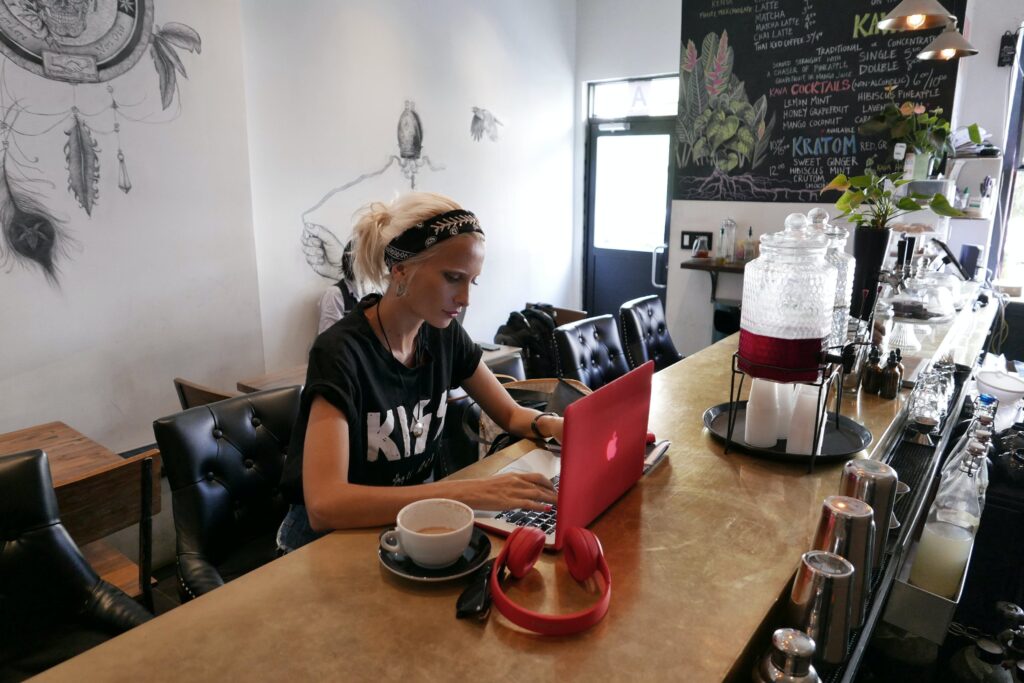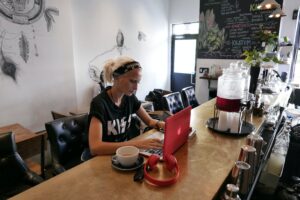In the digital age, social media has become an omnipresent force, profoundly influencing various facets of our lives. Among its numerous impacts, its role in modern education stands out as both a blessing and a curse. As educational institutions and learners increasingly integrate social media into their academic routines, it’s essential to critically evaluate its benefits and drawbacks.
The Blessings of Social Media in Education
Enhanced Accessibility to Resources:
Social media platforms such as YouTube, Twitter, and LinkedIn provide a wealth of educational resources that were once inaccessible to many. With just a few clicks, students can access tutorials, lectures, and academic discussions from renowned experts worldwide. This democratization of knowledge fosters a more inclusive learning environment, where geographic and economic barriers are significantly reduced.
Facilitating Collaborative Learning:
Platforms like Facebook and WhatsApp have revolutionized group work and collaborative learning. Students can create private groups for study sessions, share resources, and collaborate on projects irrespective of their physical location. This not only enhances their ability to work as a team but also prepares them for the collaborative nature of the modern workplace.
Real-Time Feedback and Engagement:
Social media enables instant communication between students and educators. Platforms like Twitter and educational forums allow students to ask questions, seek clarifications, and receive prompt feedback. This immediacy can significantly enhance the learning experience, as students can resolve doubts and get guidance without waiting for scheduled office hours or classroom time.
Professional Networking and Career Opportunities:
LinkedIn and similar platforms provide students with opportunities to connect with professionals, join industry groups, and access job postings. By engaging with content related to their field of study, students can gain insights into industry trends, make valuable connections, and explore potential career paths. This networking can be instrumental in securing internships and job placements.
The Curses of Social Media in Education
Distraction and Procrastination:
One of the most significant drawbacks of social media is its potential for distraction. The constant notifications and the lure of non-academic content can lead to procrastination and reduced productivity. For students, this can result in diminished focus on their studies and a decline in academic performance.
Misinformation and Reliability Issues:
Social media is notorious for the spread of misinformation and unreliable content. Students may encounter inaccurate or misleading information, which can adversely impact their learning. The challenge lies in discerning credible sources from dubious ones, a skill that requires guidance and critical thinking, which might not always be adequately developed in social media environments.
Privacy and Security Concerns:
The use of social media in education raises concerns about privacy and data security. Students and educators may inadvertently share personal information that can be exploited. Educational institutions must establish clear guidelines and practices to safeguard personal data and ensure a secure online learning environment.
Impact on Mental Health:
The pervasive nature of social media can also impact mental health. The pressure to maintain a certain online image, coupled with the potential for cyberbullying, can lead to anxiety and stress among students. Educators and parents need to be vigilant about these issues and provide support to help students navigate the challenges of social media.
Finding the Balance
To harness the benefits of social media while mitigating its drawbacks, a balanced approach is crucial. Educational institutions should incorporate social media strategies into their curricula that emphasize responsible usage and critical evaluation of online content. Training for both students and educators on managing digital distractions and recognizing reliable sources is essential.
Furthermore, fostering an open dialogue about the impact of social media on mental health can help create a supportive environment where students feel comfortable discussing their experiences and seeking help when needed.
In conclusion, social media’s role in modern education is a double-edged sword. Its ability to enhance accessibility, collaboration, and professional networking represents significant advancements in the educational landscape. However, its potential to distract, spread misinformation, and impact mental health cannot be overlooked. By approaching social media with a well-considered strategy, educators and students can leverage its advantages while addressing its challenges, ultimately making it a powerful tool in the quest for knowledge.










